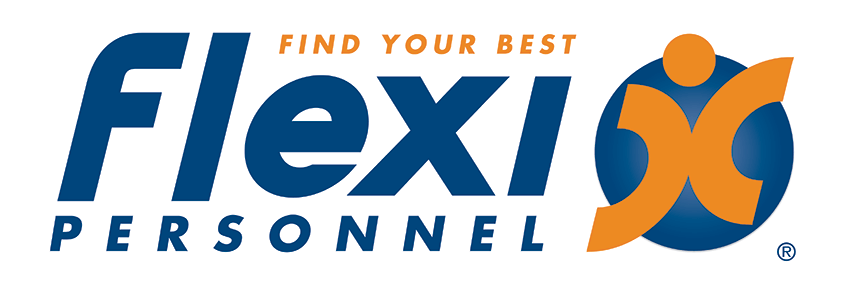
3 common office distractions and how to reduce them
It's easy to get distracted in the workplace. Employers around the world have tried their hardest to reduce the number of ways their workers can become preoccupied – from banning mobile phones to putting people in separate office booths.
A quarter of workers say they spend more time talking about work than actually doing it.
That's because the effects of a distraction vary. It could cause a serious health and safety concern in, say, a construction site, or result in a prolonged drop in productivity. When 90 per cent of a business's operating costs are linked to staff costs (according to the World Green Building Council) it pays to reduce workplace preoccupations when you can.
But did you know not all distractions are the fault of employees? Some things are very much in the employer's remit, and can cause small but significant changes to workplace efficiency.
For those looking for greater staff engagement, here are three common office distractions, and what you can do to eliminate or restrict them in your workplace:
1) Noise
It won't come as a surprise to many that distracting noises cause a dip in productivity, but did you know by how much? The World Green Building Council Health Wellbeing and Productivity in Offices report found that workplaces could find a 66 per cent drop in efficiency in a particularly loud environment.
It will be especially concerning for those interested in office staff recruitment. Those new workers will want to hit the ground running, but if the office is buzzing with a thousand new noises, they may struggle to acclimatise. Try and create a more peaceful work environment to help people focus on their own thoughts.

2) Workplace chat
According to CareerBuilder, gossip is one of the biggest productivity killers, with 42 per cent identifying it as a drain on their workplace efficiency – even worse if these are toxic employees. A different piece of research from Ask found that a quarter of workers say they spend more time talking about work than actually doing it.
One solution could be using different forms of communication, with 46 per cent of Ask respondents primarily using instant messaging and email over face-to-face conversations, potentially limiting excessive natter.
3) The temperature
It seems like a minor inconvenience, but if workers are shivering or sweltering, they quite simply find it difficult to focus on their work. The World Green Building Council report found the effect even small changes in temperature can have.
At cooler temperatures, there was a 4 per cent drop in productivity rates; in warmer conditions the reduction was 6 per cent. The takeaway point from this? It's better to have your workplace too cold than too warm, but comfortable work conditions win out every time.





